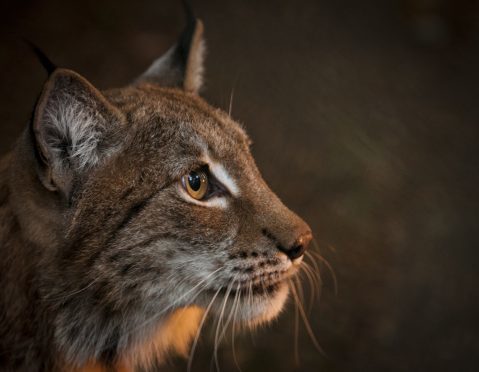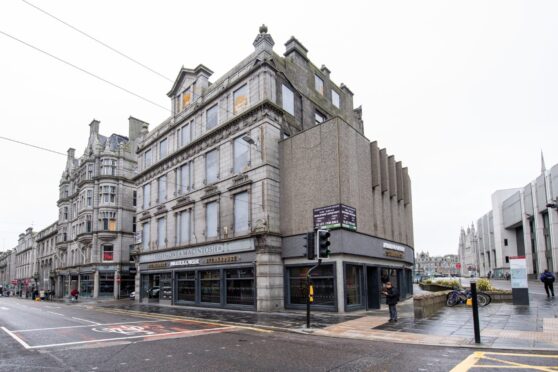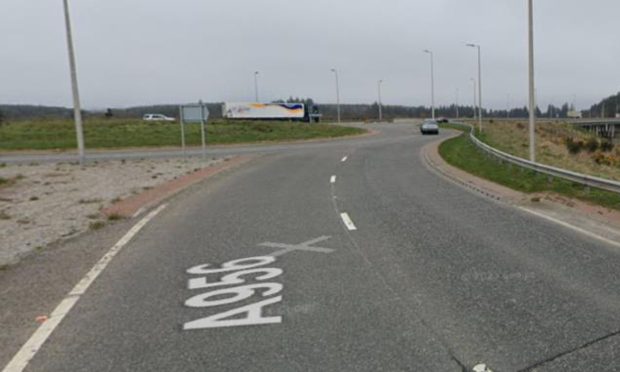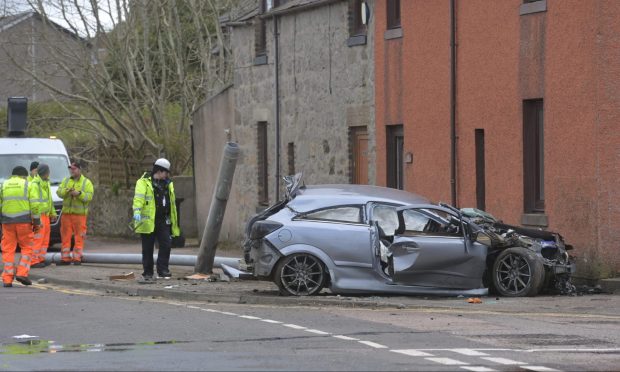Aberdeenshire may soon be feeling the lynx effect.
The north-east has not been ruled out as the new home for the big cat, which has been extinct from the UK for more than a millennium.
The Lynx UK Trust has identified Kielder Forest, in Northumberland and the neighbouring Scottish Borders, as the preferred site for a trial reintroduction of the species.
The Eurasian lynx, the continent’s third largest predator, has been extinct from the UK for 1,300 years.
And Grumack Forest, near Huntly, had been earmarked by the Lynx UK Trust as one of five British sites for the trial.
However, chief scientific advisor for the trust, Paul O’Donoghue, said last night that bringing the lynx to Aberdeenshire was still on the cards if the introduction at Kielder was a success.
The English woodlands was selected due to its distance from sheep farming, low human population and lack of such man-made threats as roads and railways.
But Mr O’Donoghue added: “The site in Aberdeenshire is still very viable. When we did a very rigorous site assessment, Kielder came out higher.
“It is not to say Aberdeenshire isn’t a fantastic place for the future. It is an extremely good site. We are certainly not ruling it out.
“The first trial can only be at one site, therefore we had to use a scoring system, but Aberdeenshire scored very high.
“We got more than 90% public support in favour of lynx coming back to the UK, and over 84% of people wanted lynx to come back in the next four months.
“We killed every single lynx 1,300 years ago, and we should be very ashamed of that.
“We have a moral duty to bring these animals back to where they belong. Just a walk in the same forest where we know lynx are present would be a wonderful experience.”
The charity argues that the animal could prevent the deforestation of Scotland’s cherished woodlands caused by deer overgrazing.
Deer are the main food source of the predator.
The trust’s application for a reintroduction licence will be submitted to Scottish Natural Heritage by the end of the year, following a local consultation around Kielder.










